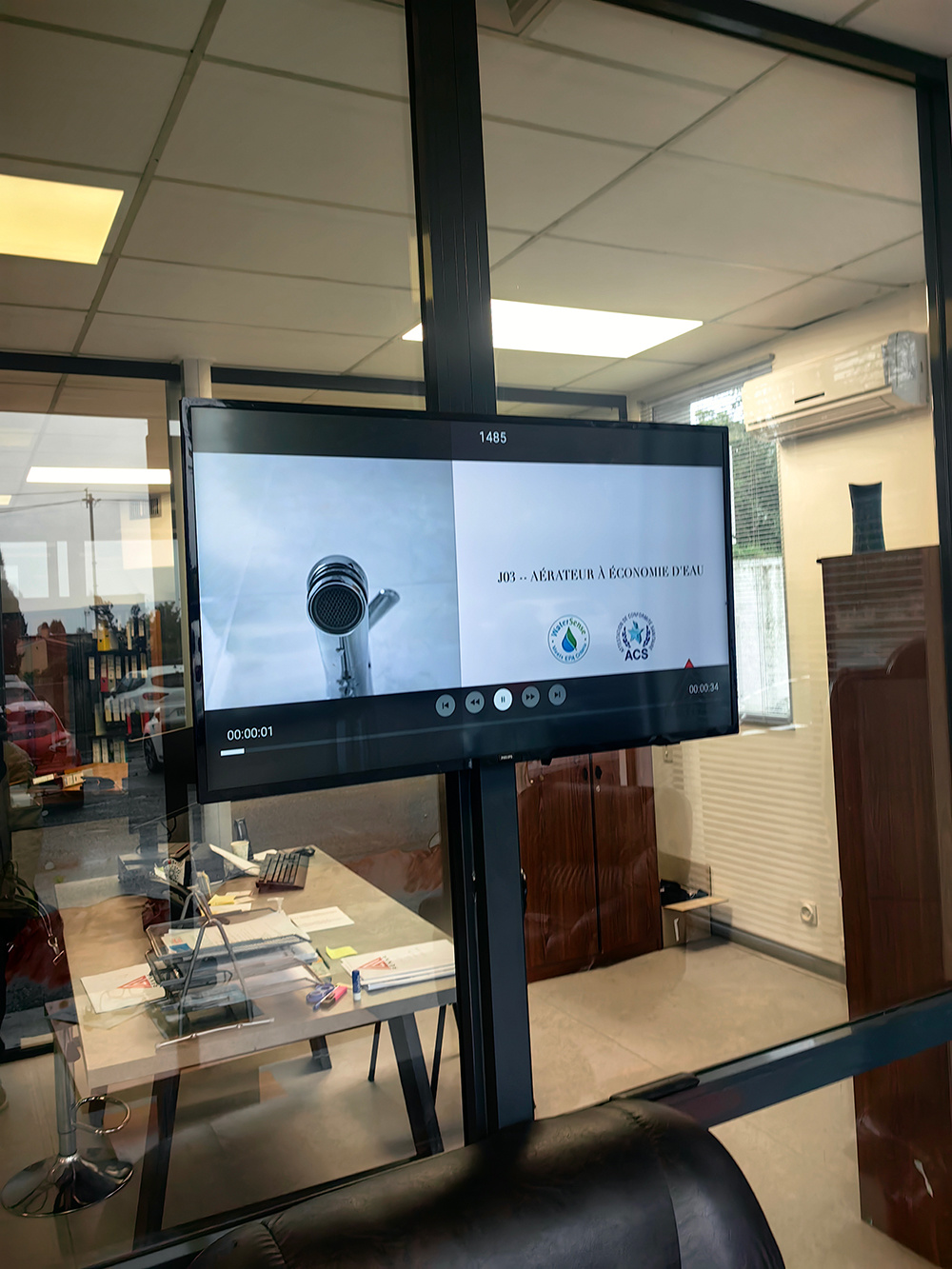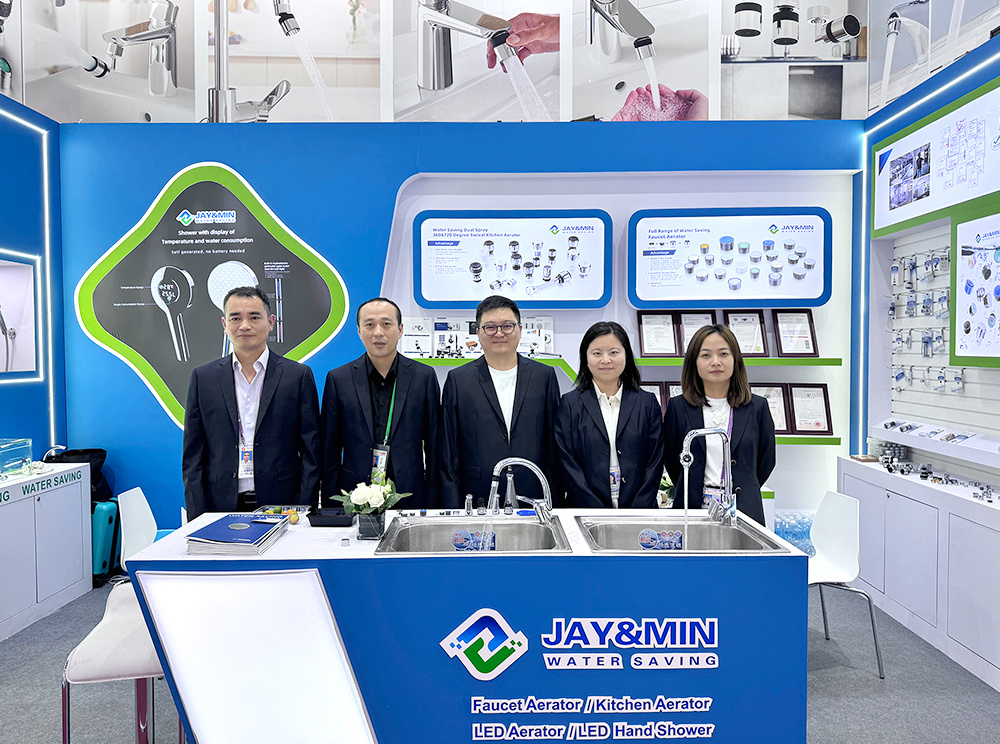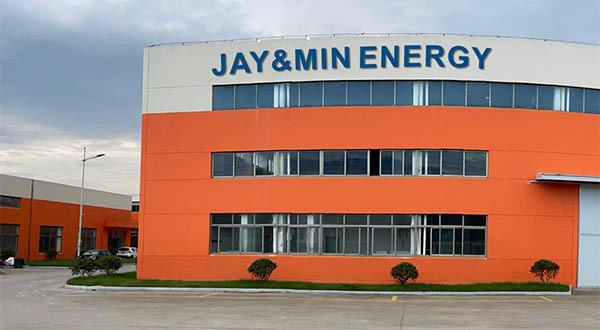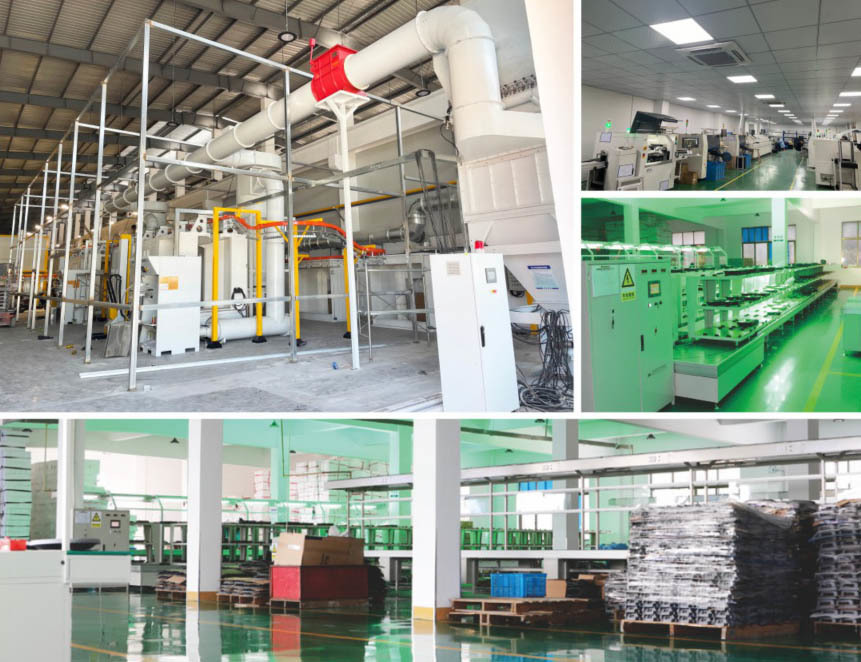News
News Center
2023/12/13
Definition and basic principles of LED chips
LED (Light Emitting Diode), or Light Emitting Diode, is a solid-state semiconductor device that directly converts electricity into light. The semiconductor wafer consists of two parts, one is a P-type semiconductor, the other end is an N-type semiconductor. When the two semiconductors are connected, a “P-N junction” is formed. When the current is applied to the semiconductor wafer through the wire, electrons are pushed from the N region to the P region, where the electrons are compounded with holes, emitting energy in the form of photons, i.e., LEDs emit light.
LED (Light Emitting Diode), or Light Emitting Diode, is a solid-state semiconductor device that directly converts electricity into light. The semiconductor wafer consists of two parts, one is a P-type semiconductor, the other end is an N-type semiconductor. When the two semiconductors are connected, a “P-N junction” is formed. When the current is applied to the semiconductor wafer through the wire, electrons are pushed from the N region to the P region, where the electrons are compounded with holes, emitting energy in the form of photons, i.e., LEDs emit light.
Related News








